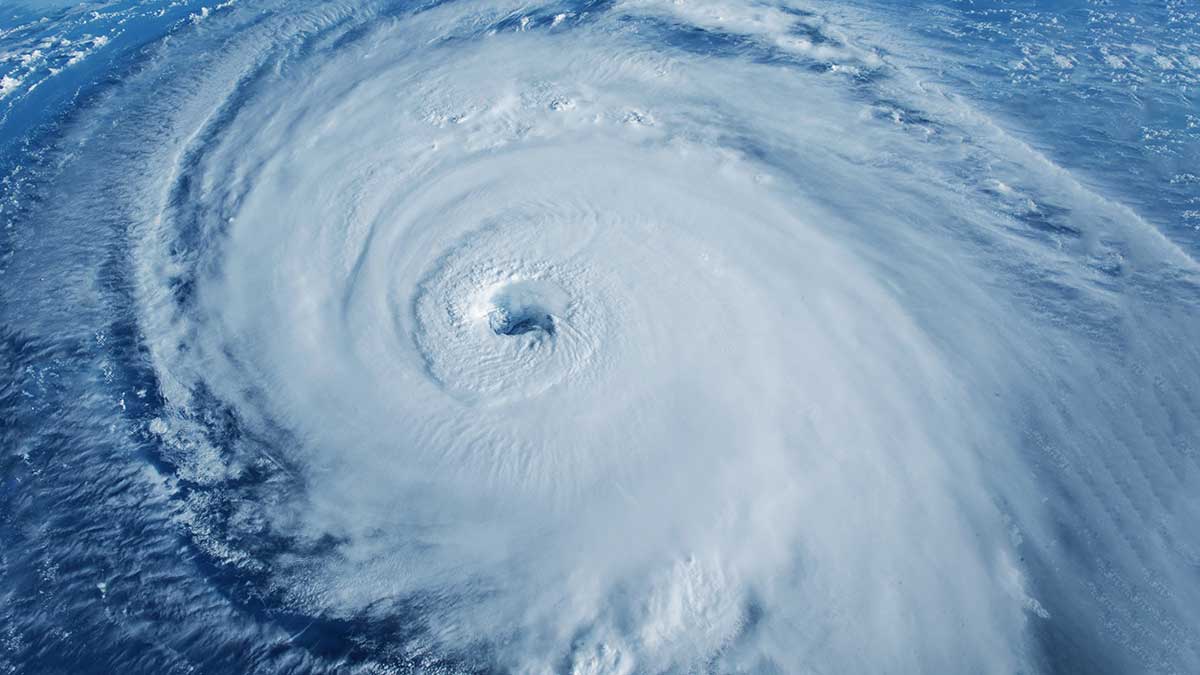
Hurricanes 101: Preparing For The Power Of Extreme Weather
In the past, except for people who lived in a few warm-climate coastal communities, hardly anyone besides sailors gave much thought to hurricanes. But hurricanes are becoming more common and more severe with climate change. As coastal populations grow, more communities are being affected by hurricanes. Even if you live far from the ocean, hurricanes can affect more than just your summer beach vacation plans.
Hurricanes are getting worse, generating more storm debris and causing damage further inland. That’s raising insurance rates for more than just beachfront properties. As more people choose to move to avoid these hazards, there is increasing potential for population changes in communities far from the coast. Here’s what you need to know about hurricanes, wherever you live.
A Different Kind of Storm
Hurricanes, typhoons, and cyclones are all names for the same weather phenomenon, a class of storms scientists call “tropical cyclones.” Tropical cyclones are rotating low-pressure thunderstorms that form over tropical or subtropical waters – you might think of them as wet tornadoes. When the wind reaches sustained speeds of 74 mph, the storm becomes a hurricane. The Saffir-Simpson Hurricane Wind Scale categorizes tropical cyclones on a 1 to 5 scale based on maximum sustained wind speed. The higher the wind speed, the higher the category, and the greater the hurricane’s potential for causing damage. Katrina and Maria, are examples of the worst storms that have become familiar names in history.
For historical and cultural reasons, tropical cyclones are called hurricanes when they form in the Atlantic Ocean, Caribbean Sea, Gulf of Mexico, or central and eastern North Pacific. When they form over the South Pacific and Indian Oceans, they are called cyclones. When they develop in the Northwest Pacific the storms are called typhoons.
Climate Change
A hurricane by any name draws heat from warm ocean air and releases it through rain in thunderstorms that spin around a calm center, called the eye. As climate change causes ocean temperatures to rise, the potential area for hurricane formation expands. Sea level rise could also increase the risk of flooding and storm surge damage further inland.
Like wildfire season, the hurricane season is getting longer. Seven of the last eight years have experienced named storms (that is, a storm with sustained winds above 39mph) outside of the traditionally accepted June through November season. In 2023, there was one in January. In recent years, hurricanes have appeared to become more common, meaning that hurricane seasons have become more active. However, the EPA maintains that improvements in our ability to detect storms before they make landfall and changes in the way we measure storm severity may be responsible for the apparent increase in tropical cyclone activity. Whether or not hurricanes have already gotten worse, both the U.S. Global Change Research Program and the Intergovernmental Panel on Climate Change project that tropical cyclones will become more intense over the 21st century, with higher wind speeds and heavier rains.
Hurricane Impacts
Insurance companies and disaster response specialists are much less circumspect about the growing seriousness of hurricanes. New records for disastrous hurricane seasons were set in 2005, 2017 and in 2020.
Every hurricane season since 2015 has seen more storms than normal, and out of 363 weather disasters from 1980-2023 that cost at least a billion dollars, tropical cyclones caused the most deaths and the most damage. Hurricanes caused the deaths of 6,890 people since 1980 and more than $1.3 trillion in damages, with an average cost of $22.8 billion per event. Besides the cost in human lives and physical damage, hurricanes create massive amounts of nonrecyclable, often toxic, debris that costs millions to safely dispose.
There is a growing movement to create a new category for the most extreme hurricanes. Category 6 would apply to a hurricane with sustained winds over 192 mph. There have been five storms of that intensity since 2013.
Hurricane Response
If you live in an area that experiences hurricanes, you need to plan ahead for hurricane season. That means creating an emergency supply kit with non-perishable food, potable water, medical supplies, and other vital items.
More than 3.3 million Americans were displaced by natural disasters in 2022, more than half of them as a result of hurricanes. Making plans for temporary relocation no longer seems like an alarmist activity. In fact, nearly a third of Americans surveyed cited climate change as a reason to move. Moving to higher ground further inland or looking for a disaster-resilient home in your area is worth considering.
Whether it’s in a new home or your current one, become involved in community resilience efforts and prioritize renovation projects – like roofing for extreme weather – that make your home more resistant to disasters. And even though it can feel like your individual actions don’t make a difference, making every effort to reduce your carbon footprint may be the most important thing you can do to minimize future hurricane damage.
creditSource link




